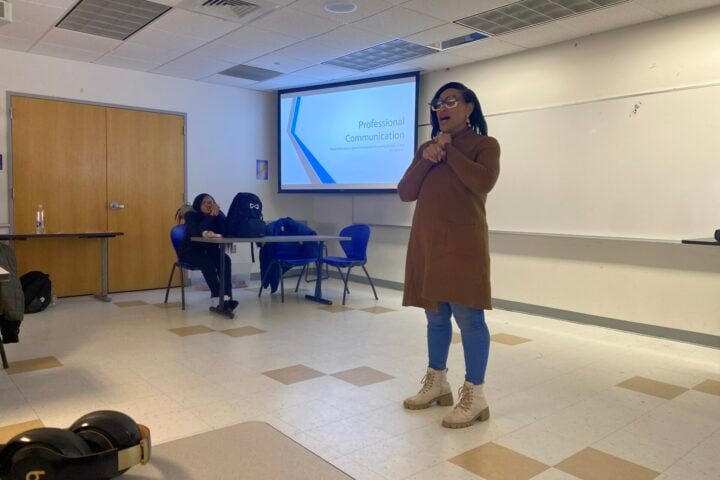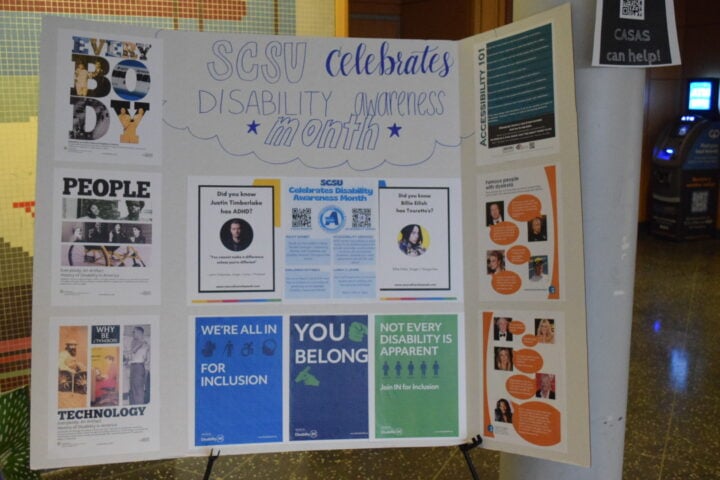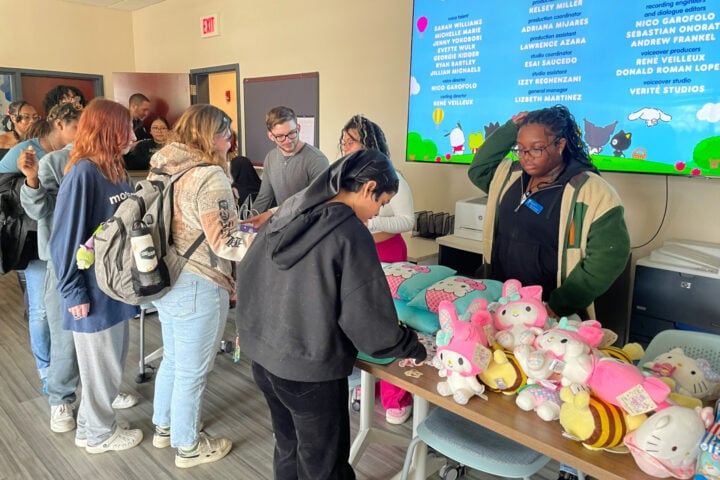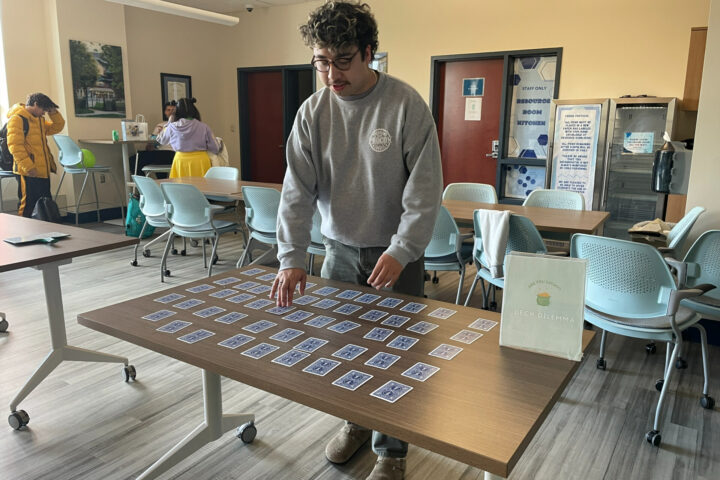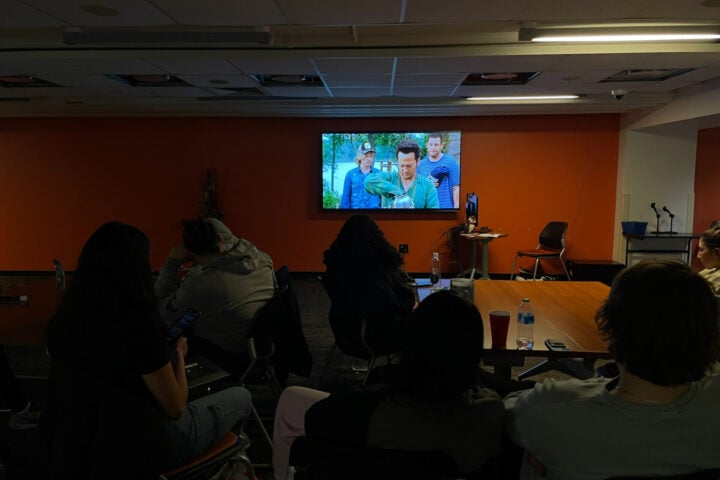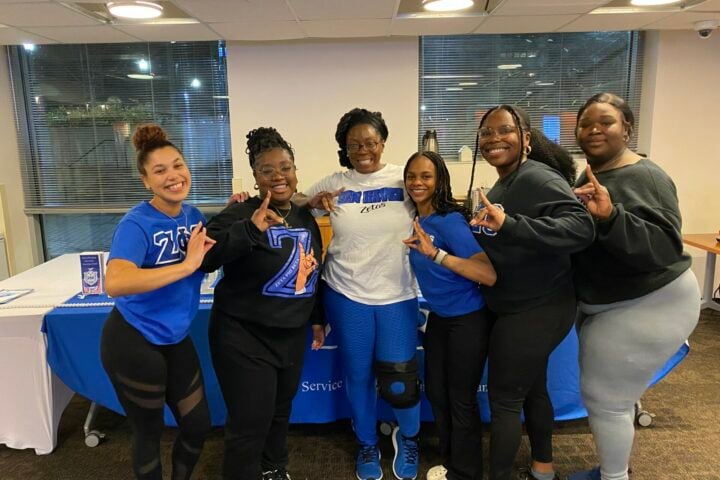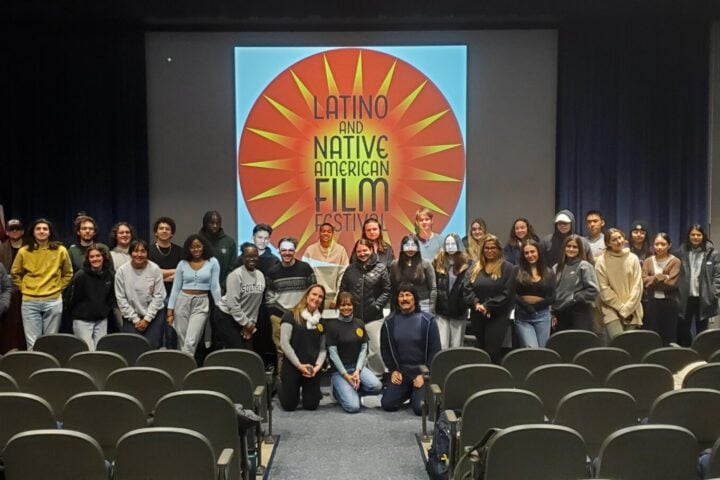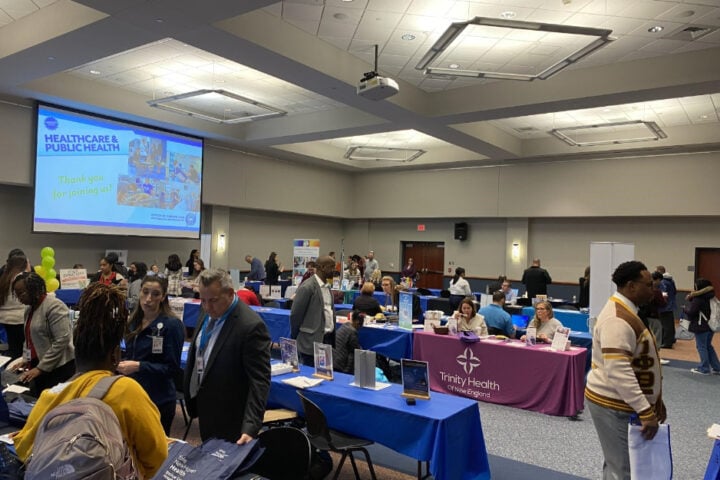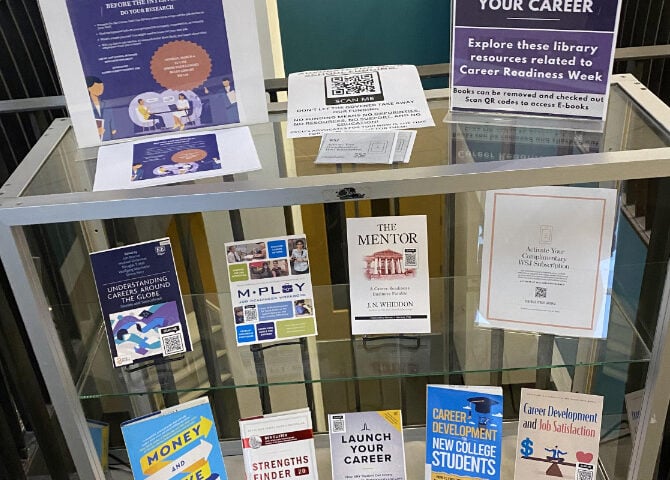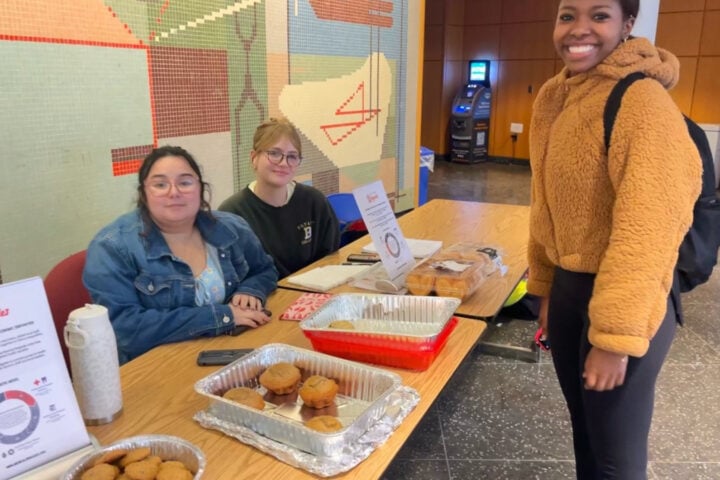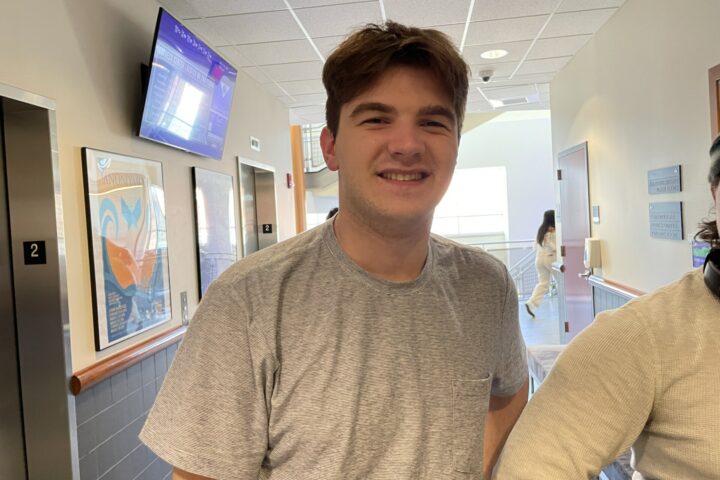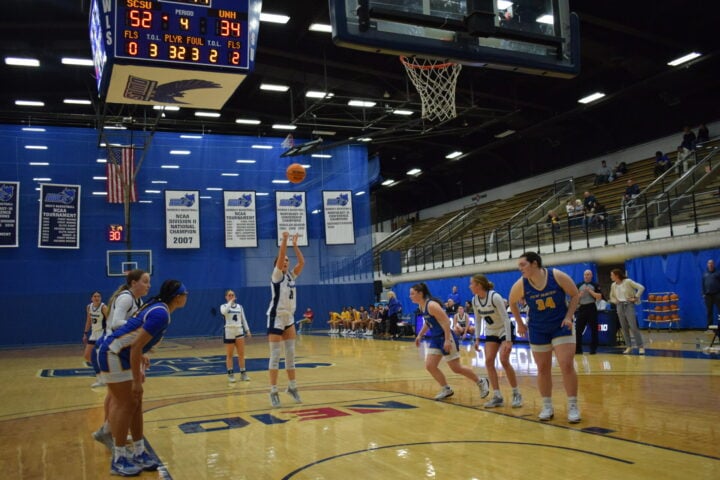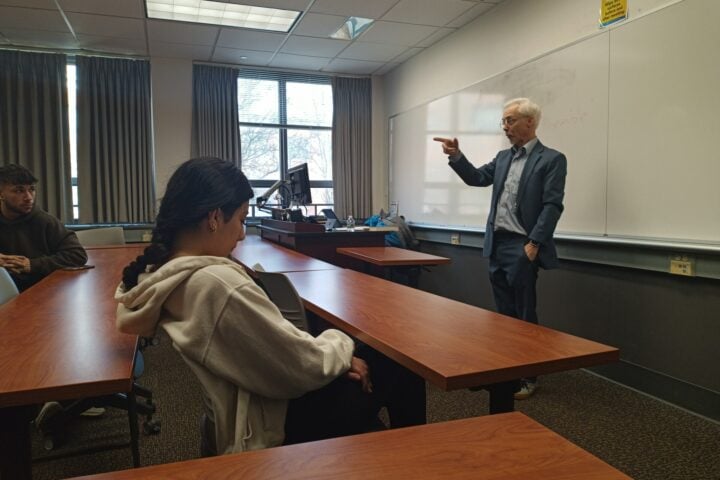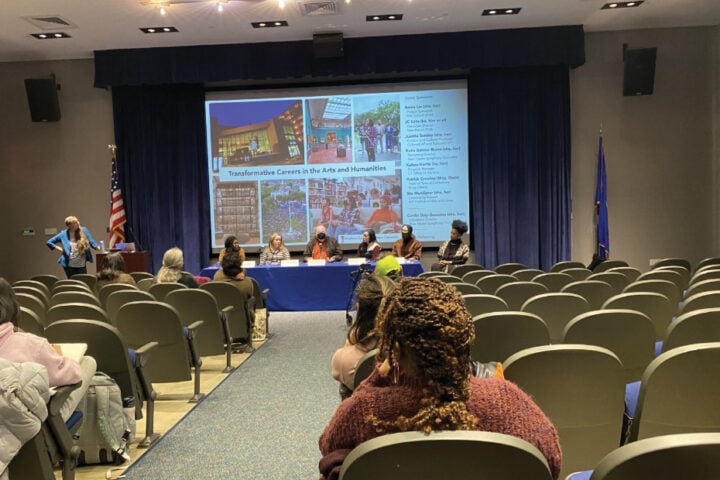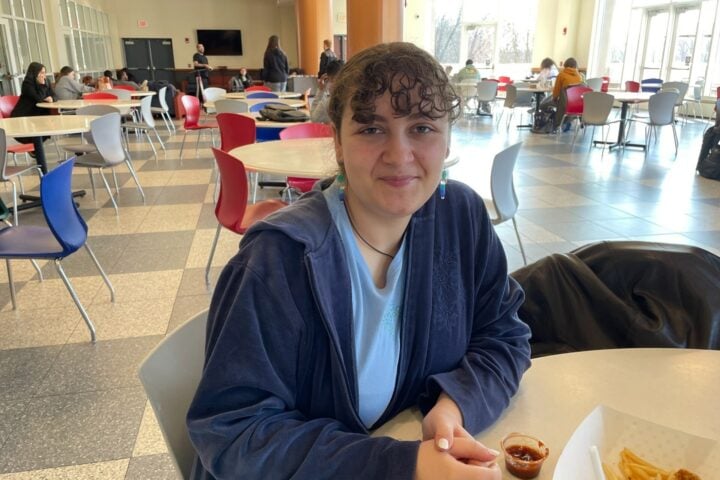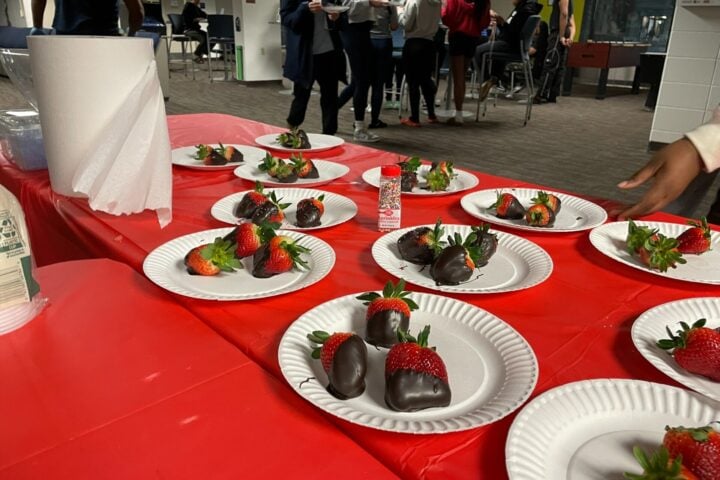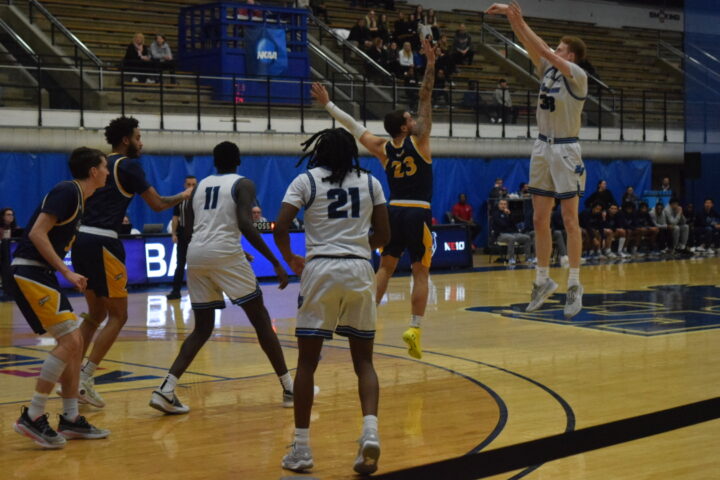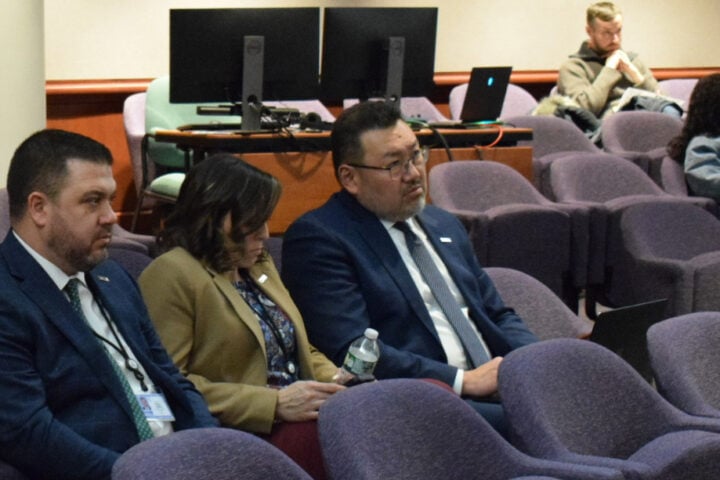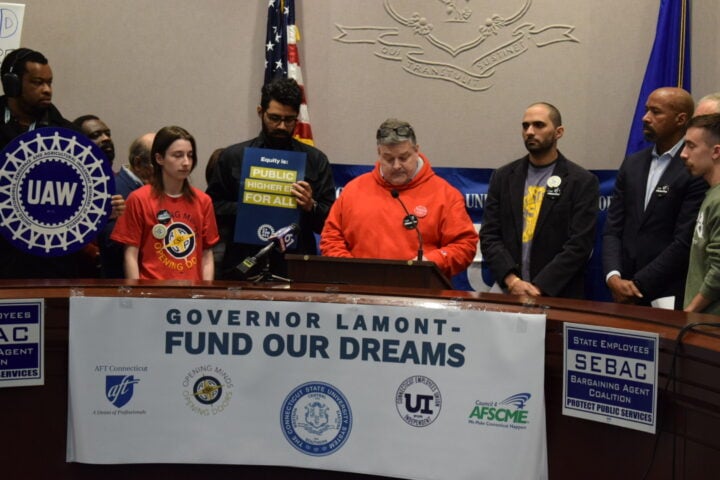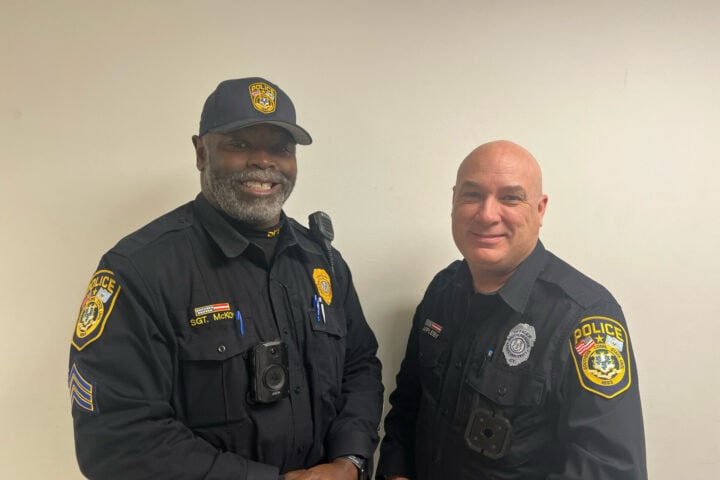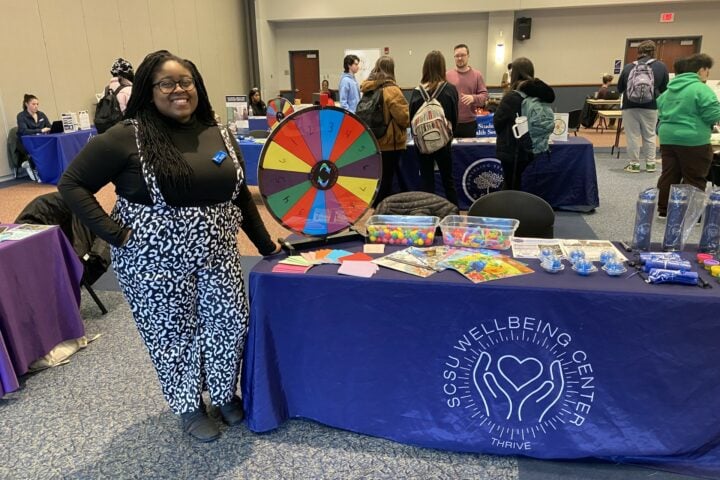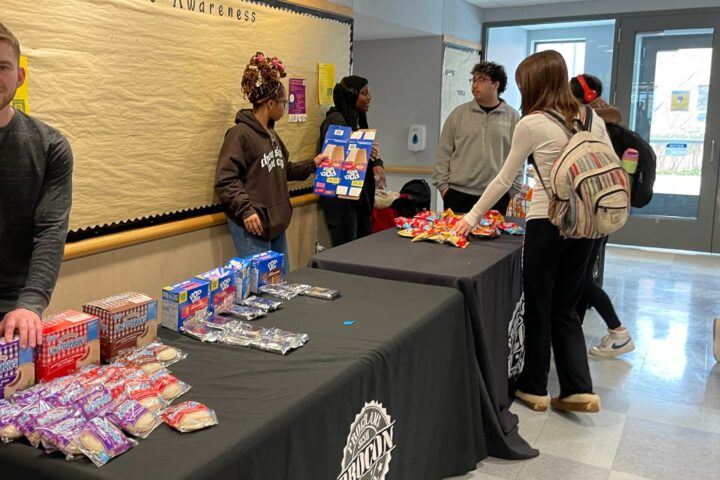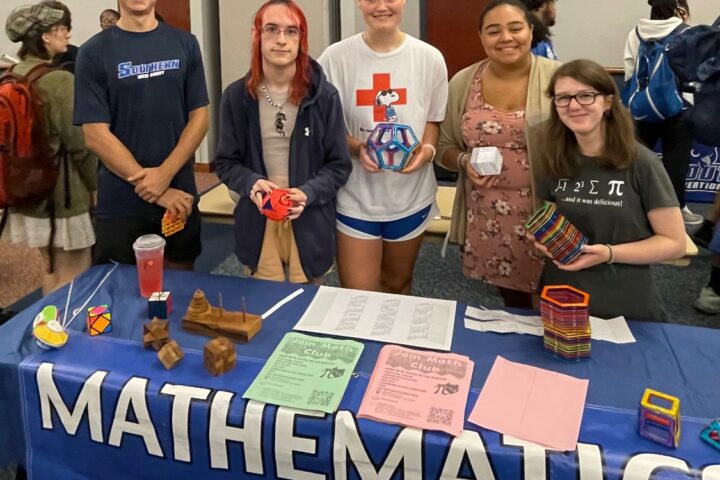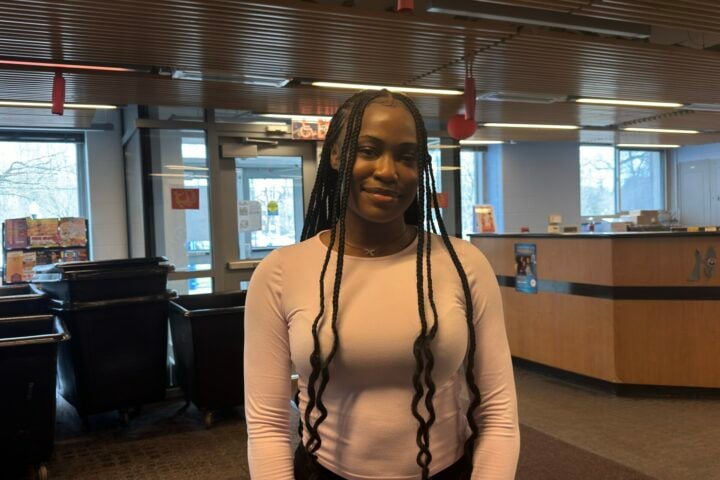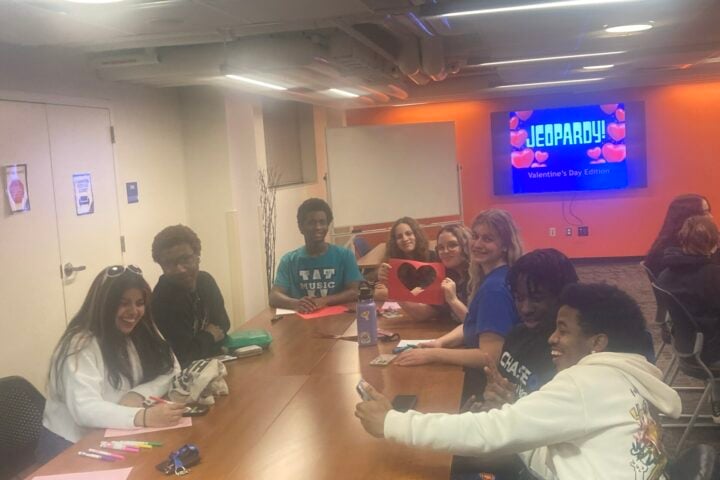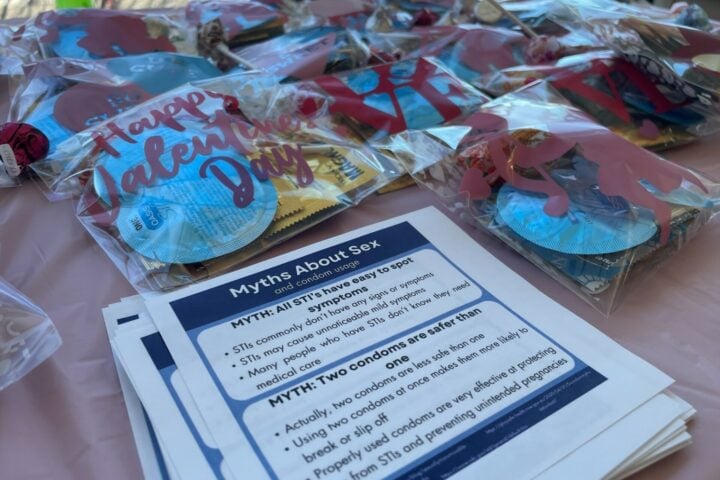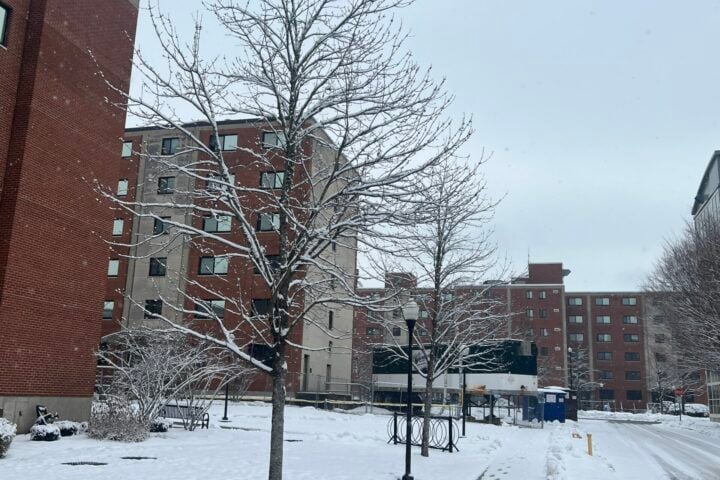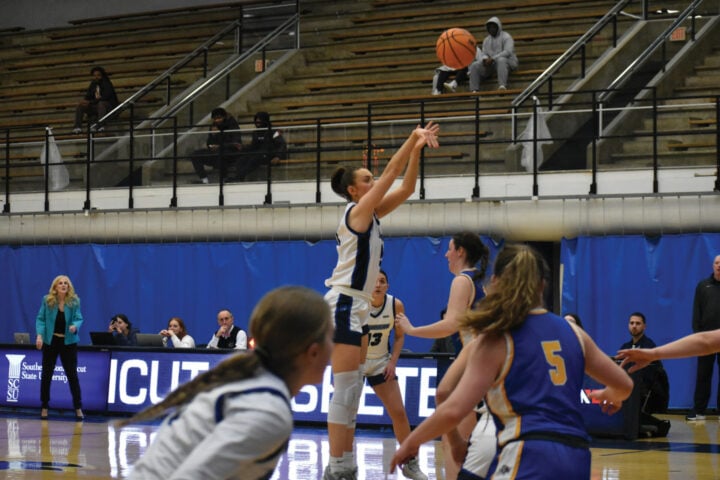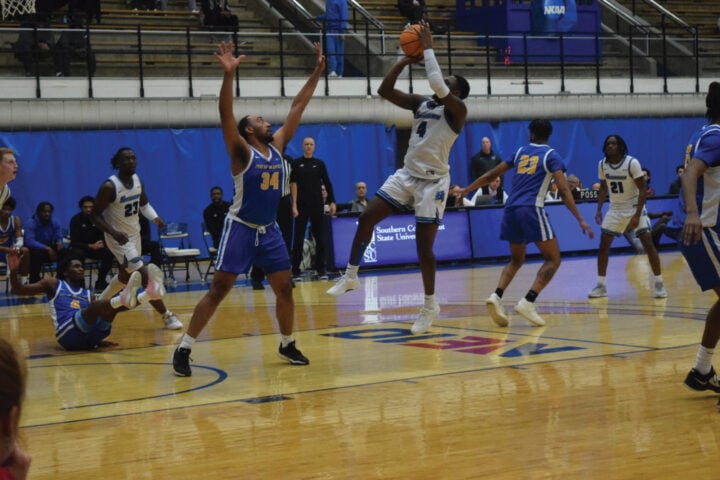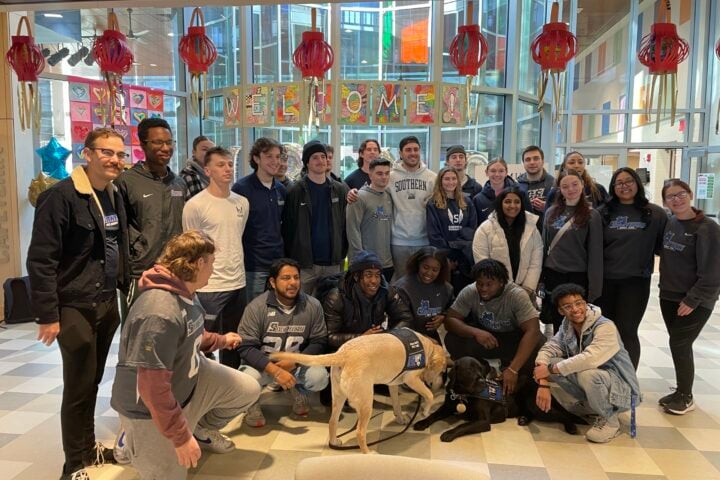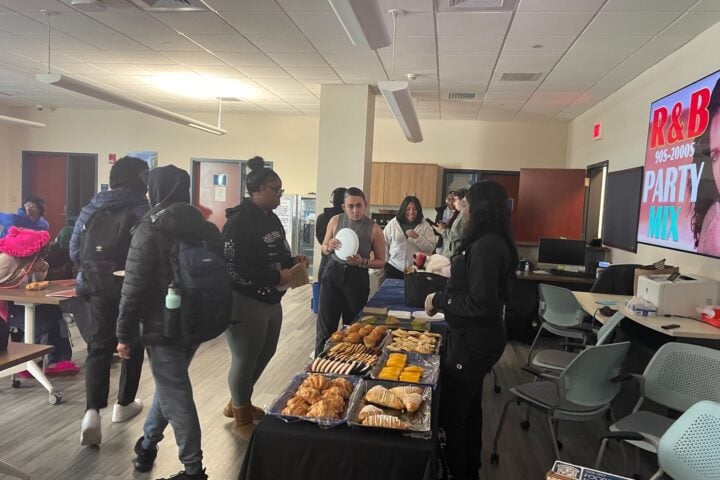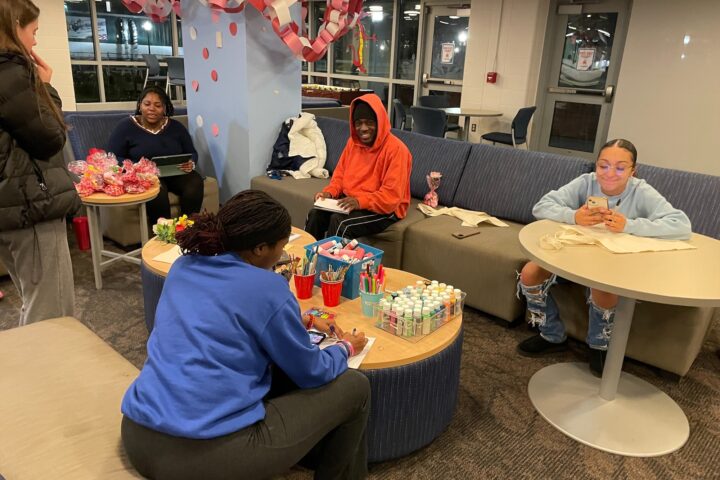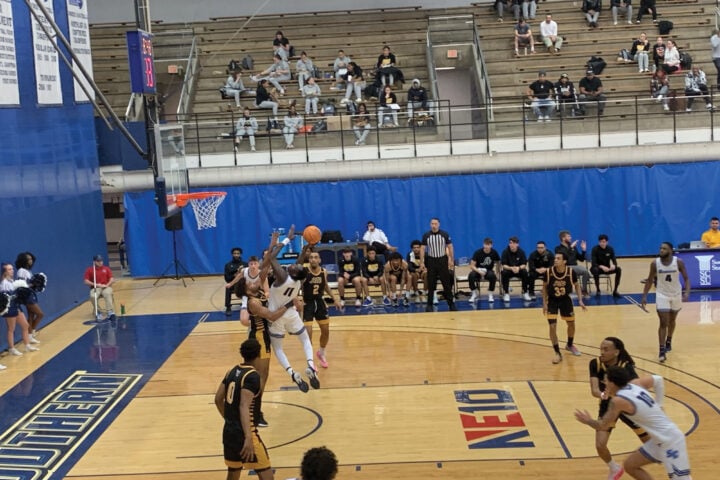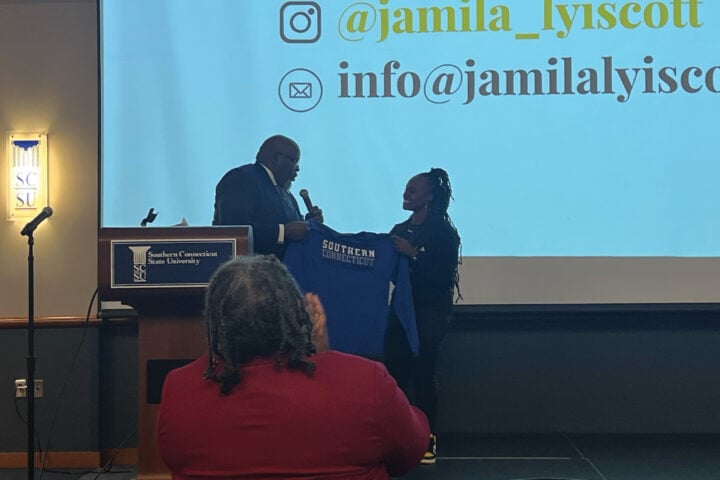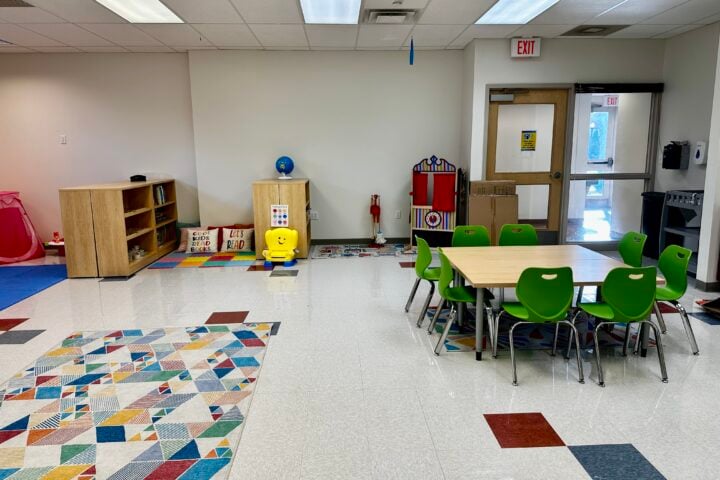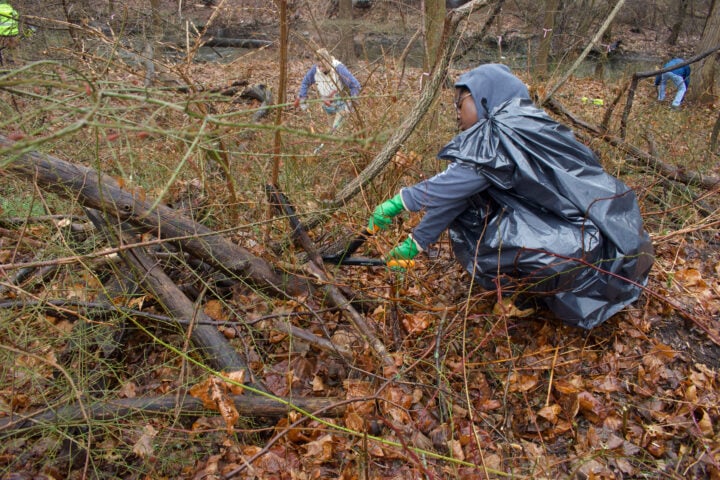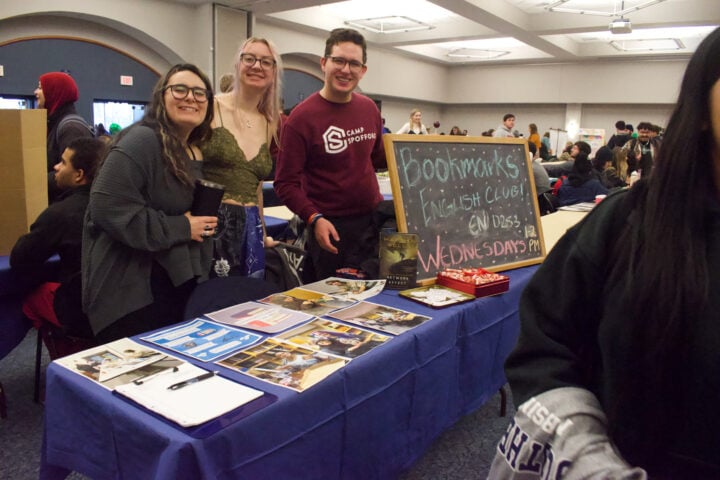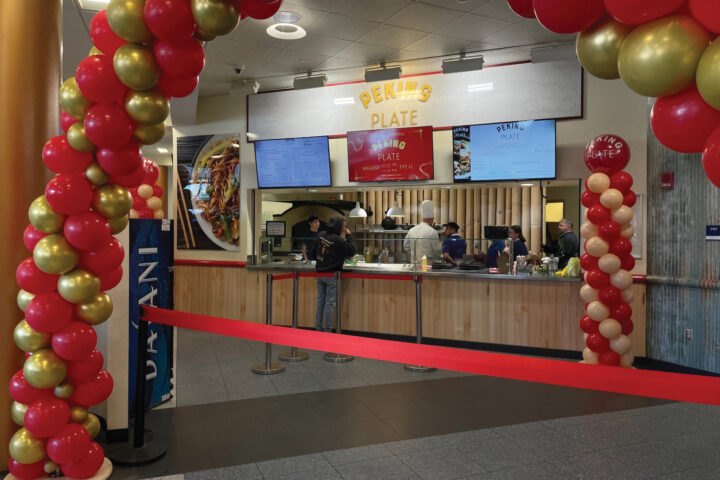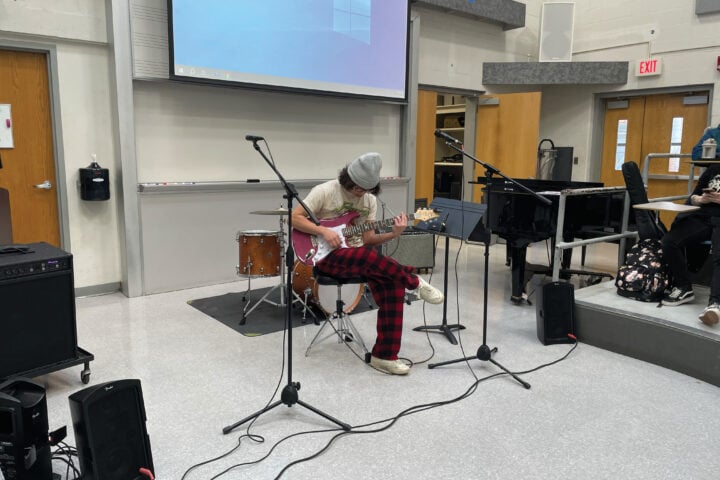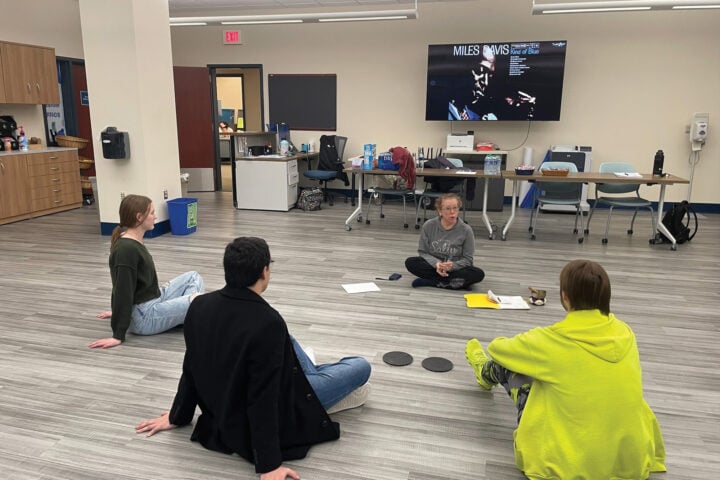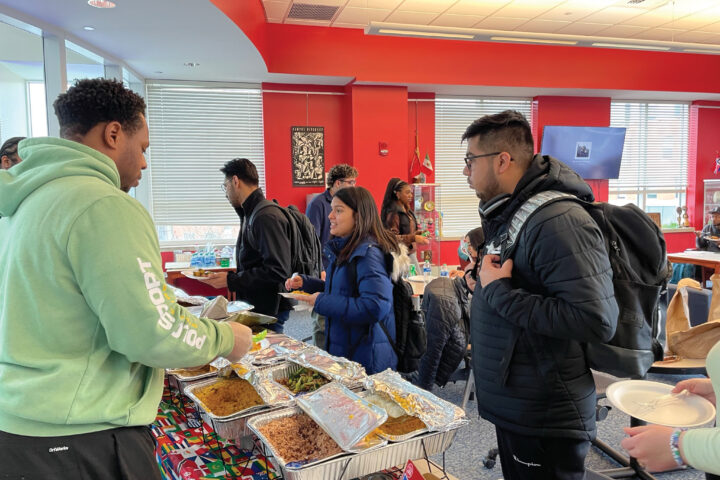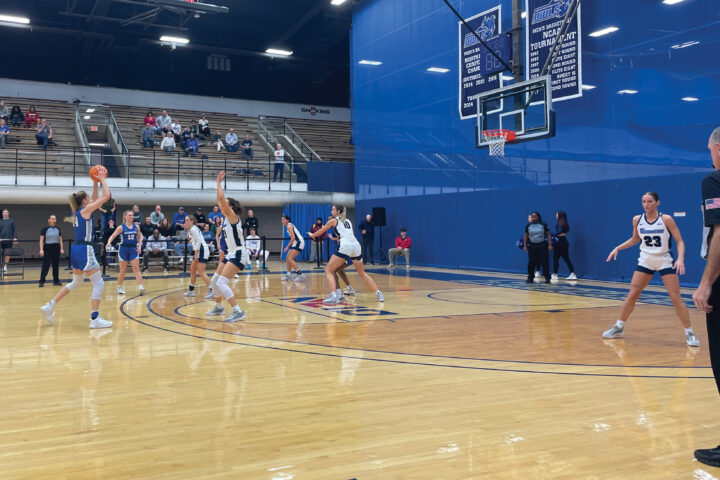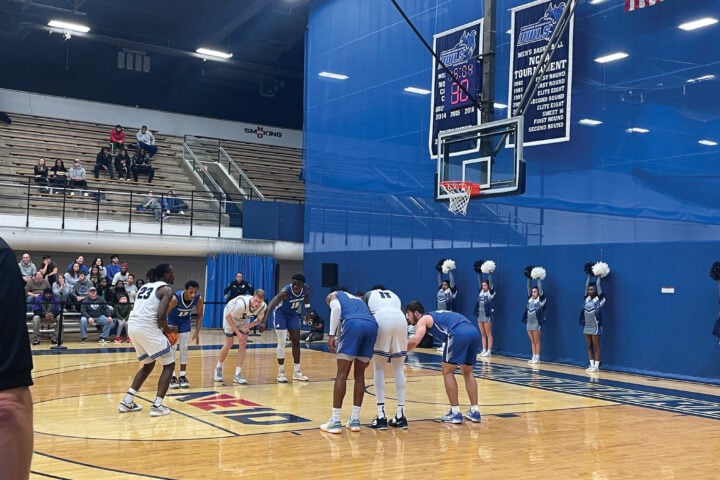Ali Fernand – Features Editor
Food insecurity is an issue a generous portion of college students have experienced. College life and finances make sufficient eating difficult.
“More than 50% of students during their four years at college will experience food insecurity,” said food pantry intern Michael Lawton, a graduate student.
This statistic is alarming for Lawton. According to “Data Haven,” food insecurity has doubled in New Haven in 2022. People are dealing with food insecurity more because of growing inflation and the COVID-19 pandemic. However, this means that no one is alone in dealing with food insecurity.
The food pantry seeks to educate students about the options available to them to get through each week and succeed academically. Many may avoid getting help because of the stigma around food insecurity. People are made to feel that it is embarrassing to need help getting food each week. This makes it harder for students to seek out what they need.
“If you’re experiencing food insecurity, there is no shame to it,” University staff member and manager of the food pantry Karen Christian-Porteus, said.
Both Lawton and Christian-Porteus say they take pride in the pantry for being a judgement-free zone. They want students to feel safe in this space.
Though it was established just under two years ago, in 2020, the pantry has already been able to improve the day-to-day life of a student at the university. Lawton said that there were efforts being made to open the pantry sooner, but the COVID-19 pandemic slowed that process.
Paula Frankowski, a student-worker at the food pantry, has seen firsthand how the efforts have helped her peers.
“I know a lot of people use the food pantry to get necessities for the week,” Frankowski said. “We’re college students, we’re pretty much all in need of food.”
The hope is that by providing these items to students, it will help them be more successful in their academic careers.
Items that students might be missing from their daily lives are provided. This includes food, toothpaste, deodorant, toilet paper and paper towels. Students can navigate the pantry just like they would at a grocery store.
“The last thing we want is for you to be unable to focus on your education because you had nothing to eat,” said Christian-Porteus.
According to “Health Affairs,” students who experience food insecurity have a lower GPA than those who do not have food insecurity. It is hard to have the energy for vigorous courses when food is unstable. Those who are food insecure also tend to attend class less than students who are food secure.
Some students may also feel that they cannot take anything because other people might need it more.
“You’re not taking it away from anyone,” said Frankowski. “If you need the food, take the food.”
The pantry is in the back of the Wintergreen building facing the Moore Field House. There will be a metal ramp that will lead up to the front door and a sign at the front labeled “Food Pantry” with its hours.
Students may visit and fill one bag full of items once a week. There are no qualifications; any student can show up with no questions asked. All they need is their Hoot Loot card and a bag.
However, each item has a limit to how many a student can take. This is to ensure everyone can have their needs met.
“Something that is harder to supply, such as milk and eggs, students can only take one of,” said Lawton.
Though these limits exist, students are still encouraged to take what they can. If they are unable to fulfill their needs at the pantry, there are other options for them. This includes other pantries that exist off campus but are still in the area.
If there is an item that students would like the pantry to provide, there is a suggestion box just outside of the pantry. Lawton says students can submit a request and the staff will do their best to accommodate the student’s needs.
Even though it is difficult for students to give to others, there are still small ways to help others. Volunteering, donating and spreading the word are all helpful to students in need.
“At the end of the semester if you have excess food in your dorm, please provide some of that to us,” said Lawton.
Most of the donations come from outside vendors. They provide food for the pantry so that the responsibility does not always have to fall on the community.
One of these vendors is Stop & Shop. They donate gift cards the pantry can use to stock their shelves.
Christian-Porteus said, “They are our number one supporter as of right now.”























